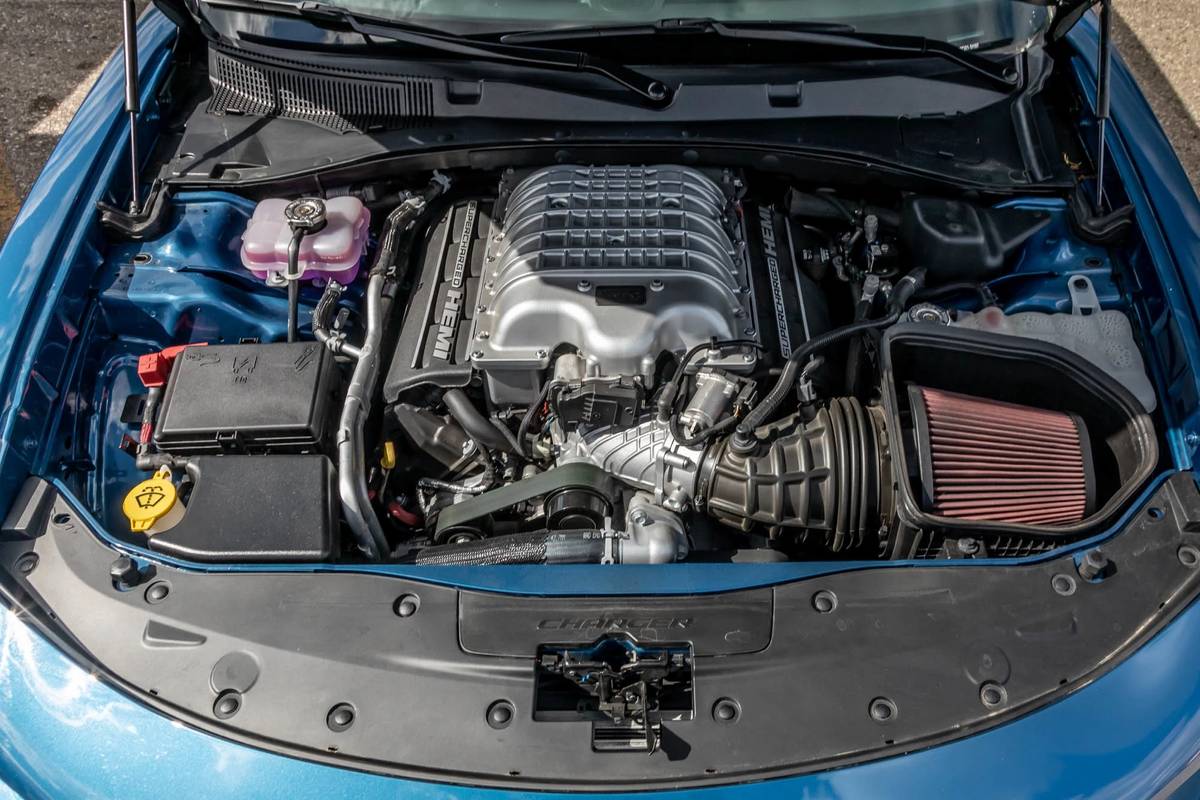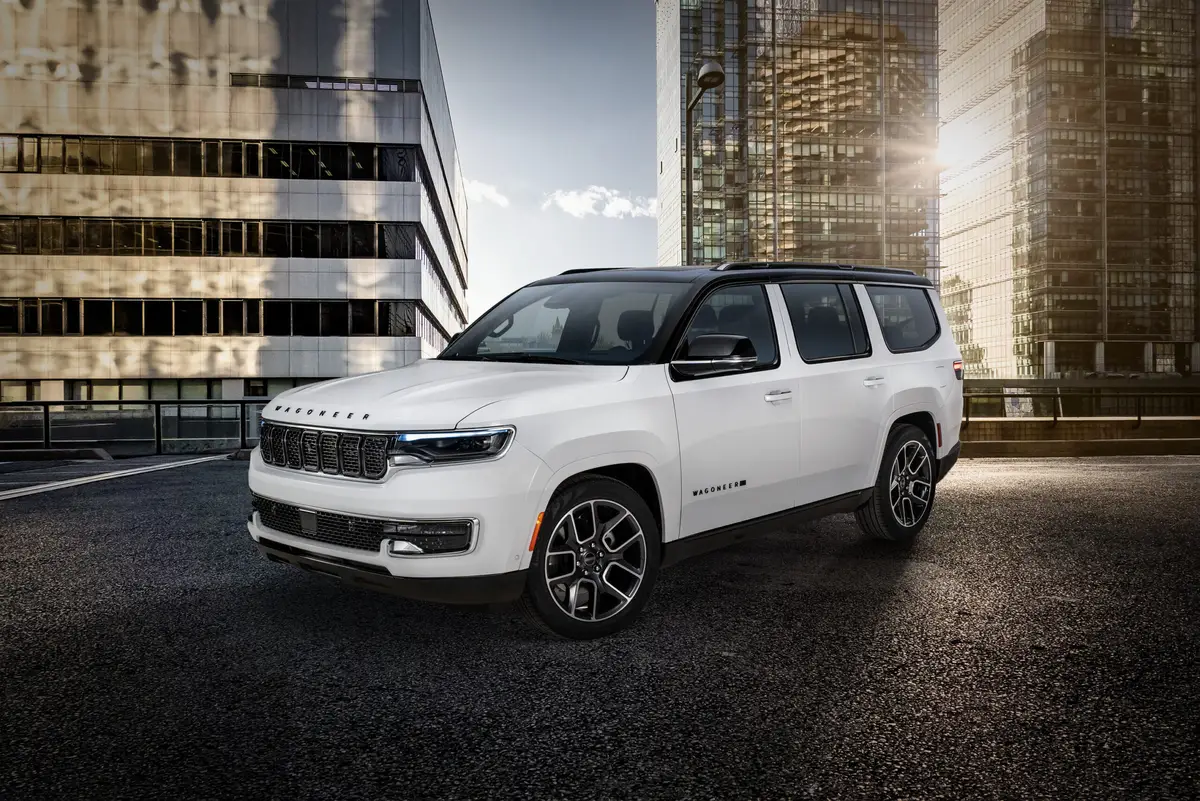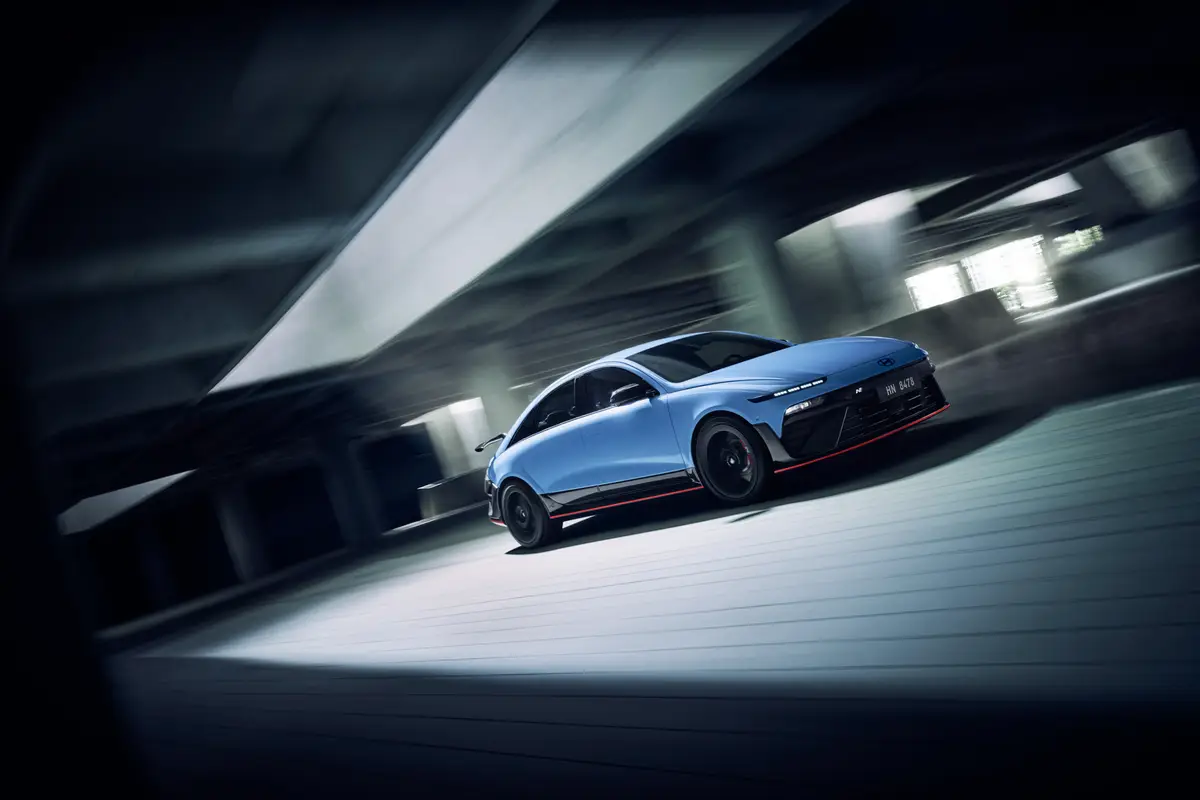The Morning Call and Mcall.com's view
Just when you thought you knew what to expect from a marque like Lincoln, it goes on a youth kick.
And it has younger, usually import buyers lining up to shell out plenty of those hard-earned Lincolns to buy one.
The Continental and Mark VIII also have undergone substantial revision for ’98, making them more palatable to younger buyers. On deck are the LS6 and LS8, new entry-level models. They’re due in about a year, and will go against the Lexus ES300, Cadillac Catera and others in a bid for the entry-level luxury buyer. The chassis of the LS6/8 will be shared with a new model from Jaguar.
But it’s the Town Car that accounts for half of all Lincoln auto sales. Its fans tend to be older, and even though they’re a loyal bunch, they need to be replaced.
So, scouting for younger buyers, Ford has opted to give this automotive icon a drastic rethink for 1998.
That means a radically sculpted appearance. Gone are the last vestiges of what has been the Lincoln look since 1961. The opera windows are history, as is the stand-up hood ornament. Body cladding, the ’80s styling gimmick that cluttered up too many cars, is absent. There’s still a lot of chrome (especially on the massive door handles), but some traditions die hard.
The new sheet metal shows a family resemblance to the Continental, even if the styling of the Town Car isn’t as successful as the Continental’s. It picks up Jaguar styling cues, including a truly massive grille up front and triangular tail lights out back. The belt line is higher this year, giving the sides a massive appearance.
The car looks smaller than the barge it replaces, and actually is smaller — 2.1 inches shorter than before. It’s also much more modern. Whether it’s more attractive, you can decide. It does look better in person than in photos.
Me, I find the Continental more fetching.
But Lincoln didn’t just change the appearance. The Baby Boomer audience Lincoln is targeting wants more than modern looks in a tidier package. They want good handling, something for which the Town Car never was known. So it’s been re-engineered.
The design is still body-on-frame, one of the last. While this is good for road and noise isolation, it’s a lot less satisfactory for handling. This is because, when you enter a turn, the natural tendency is for the car to take the corner and the body to keep going straight.
However, engineers at Lincoln have succeeded in reducing this dramamine-inducing quality. Lincoln hasn’t added an independent rear suspension, but has put in a Watt’s linkage that improves handling markedly.
Steering precision also has been refined, and brakes are 40 percent larger than in ’97. The ABS is much improved, works at all speeds and operates with the power train to prevent giving more power to the vehicle at times of low traction.
The result of it all? A Town Car that knows how to tango.
Back-to-back drives in ’97 and ’98 Town Cars prove how different the new one is. Taking a twisty, rutted, curving back-country road at extreme speeds proved what Ford has claimed.
The steering makes the old car feel like the steering rack is about to fail. In the new, it’s progressive — with some effort, you can twirl the wheel with your pinky — and some information telegraphs through. But braking is easier, with little of the excessive body lean, tossing and bounding that mars the older car. No longer will you be plastered against the side window when Aunt Bertha takes that hairpin at 30.
The Watt’s linkage acquits itself nicely, with the back-end bump-steer not the issue it was in the older vehicle.
Motivating this improved package is the same drive train as last year — disappointing in light of the progress made elsewhere. Standard is a single overhead cam V8 with 200 horsepower and 265 foot-pounds of torque. Opt for the Touring Sedan package or the top-level Cartier, and power ju ps to 220 horses and 275 foot-pounds. Certainly power is sufficient, though not overwhelming as it is in other Lincolns or other luxury cars.
Inside, things are much nicer, thanks to a sleek new dash trimmed with real wood. The instrumentation is partially analog now, something younger buyers (like those under 60) will appreciate. The front seat is split 40/20/40, and the center section is more comfortable for those passengers willing to ride there. It’s also fixed and has a large storage arm rest with a place for your cellular phone and other goodies. The seats proved much more comfy than previous models, with better support.
It was impressively quiet as well, with a smidgen of tire noise being the only intrusion.
Prices for this improved Town Car start at $38,500 for the base Executive Series, $40,150 for the mid-level Signature Series, and $42,500 for the top-drawer Cartier. The on-sale date is Nov. 26.
P.S. If you think that only blue bloods need apply for a domestic vehicle with tons of space, keep in mind the lines forming to own a Navigator, a larger vehicle with mileage much worse than any Town Car.
It also means you haven’t driven a Town Car. Try this one and be surprised.
Latest news



